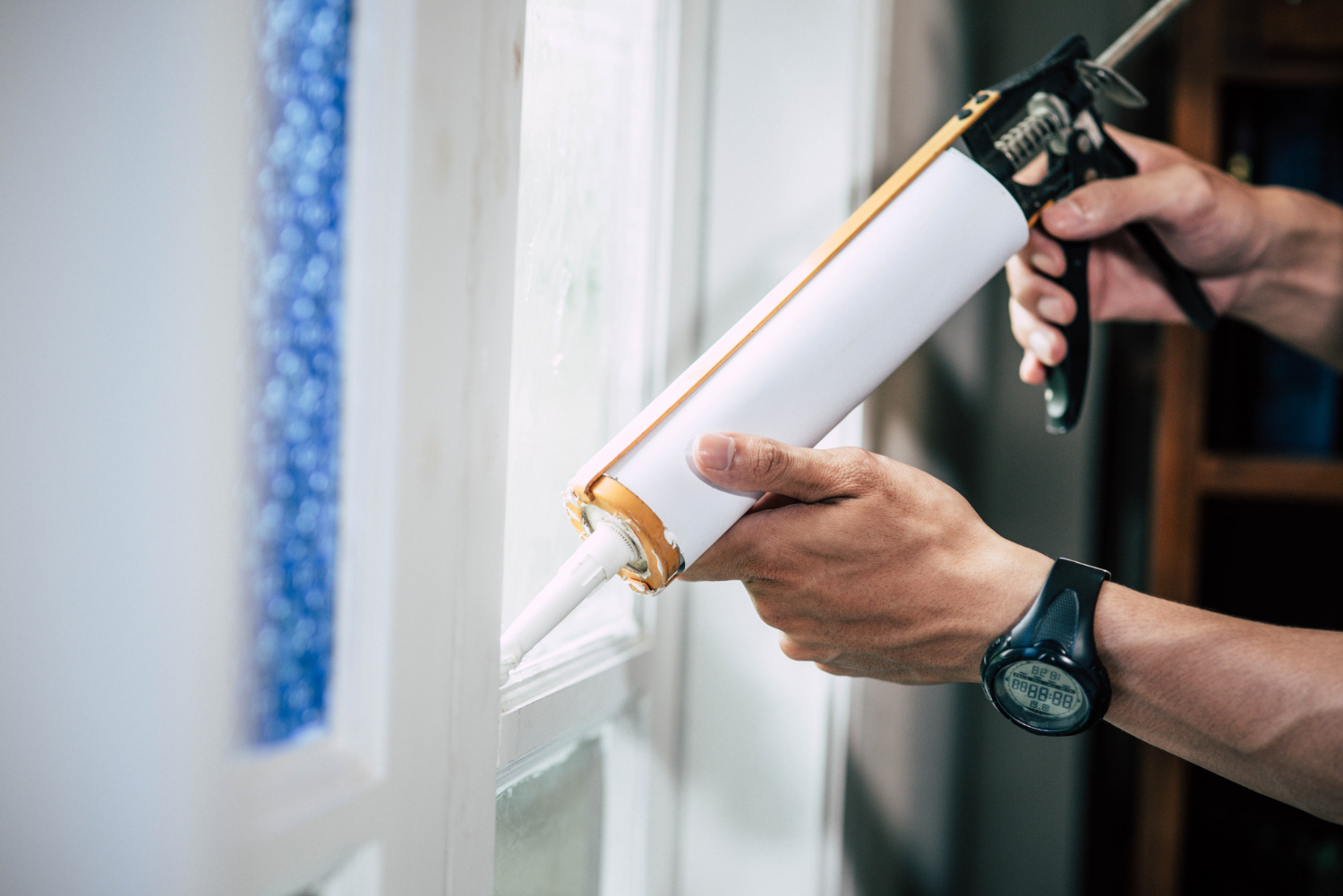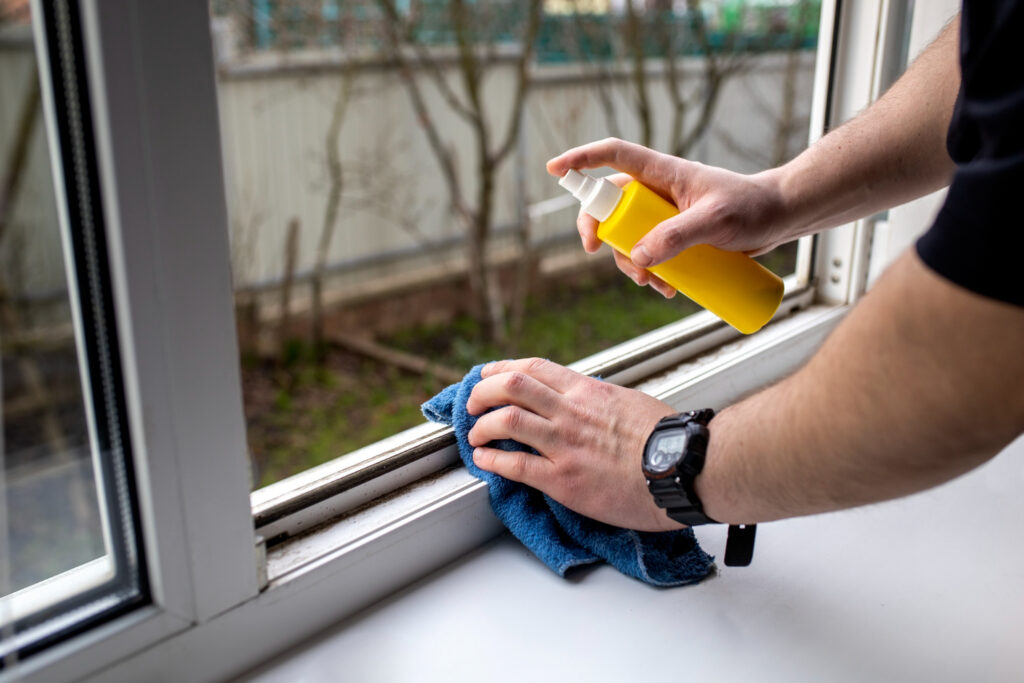Seal the Deal: Expert Tips for Window Caulking Exterior
Strong, energy-efficient windows play a critical role in maintaining the comfortable temperature of your home, while also ensuring reduced energy bills. Ensuring complete seal on your windows is therefore a matter of supreme importance. The process of sealing windows, commonly known as caulking, is not just a routine maintenance task but an essential one to attain maximum energy efficiency during extreme weather conditions.
This article, ‘Seal the Deal: Expert Tips for Exterior Window Caulking’, offers you guidance to master this vital home repair skill.

Window Caulking Exterior Windows for a Weatherproof Seal
We will primarily focus on window caulking exterior edges around the windows of your home – its significance, best practices, and professional tips to ensure a tight, weatherproof seal on your windows. Also, the article will highlight how efficient window caulking could enhance the endurance and performance of your windows, especially during harsh winters.
Caulking prevents air, moisture, dust, and pests from entering your home, also mitigating the risk of home structure damage. Therefore, sealing windows is a fundamental step in improving a home’s energy efficiency, reducing drafts, and maintaining a consistent indoor environment.
High-quality window and door caulk significantly contributes to accomplishing a superior seal. It is pliable, durable, and adheres well to various surfaces. Typically, caulk comes in tubes designed for use with a caulking gun for simple application. However, for exterior caulking, it is crucial to choose a product explicitly designed to withstand tough weather conditions such as varied temperatures, sunlight, moisture and still maintain its sealing properties.

Window Caulking Exterior
Ultimately, if you have an older home, upgrading your windows is a great solution for reducing heat loss. However that is not always an option.
A common query among homeowners relates to the idea of “window caulking exterior”. This primarily refers to applying a high-quality sealant around the exterior edges of window frames to reduce drafts, energy loss, and potential water damage. The procedure becomes even more crucial as winter approaches because well-maintained exterior window caulking can effectively insulate your living space, keeping it warm.
According to this study with Environment Canada, for some windows
On some windows, air leakage can be reduced by applying a continuous bead of caulking around the window trim, at the mitred joints of the trim, and between the trim and the frame (Figure 3).
How caulk the Exterior of a Window
Despite being a straightforward task, many people do not know how to choose and apply exterior window caulk properly. To start with, ensure the surfaces are clean, dry, and free of old caulk or paint before application. Apply painter’s tape on both sides of the seam to accomplish a straight seal line. Lastly, smooth out the caulk line for a finished look using a caulk-smoothing tool or your finger. Always remove the tape before the caulk starts to dry. For more advanced details, if you’ve never used a caulking gun, be sure to check out some related videos on YouTube.com

Caulking windows for winter is another related concern. Pre-winter caulking is crucial because the process effectively keeps the chilly winter winds and moisture away, securing your cozy indoor temperature. Ensure to caulk your windows before the first frost hits. A warm and dry day where the temperature ranges between 45 and 70 degrees is the best for exterior caulking.
In conclusion
Conclusively, the prevalent notion of exterior window caulking revolves around improving energy efficiency, reducing drafts, ensuring the longevity of your windows, and saving on energy costs. Be it caulking windows for winter or choosing the appropriate exterior window caulk- the central premise remains home comfort and energy saving.
Remember, exterior caulking is a critical process best conducted after summer and before the winter season’s onset. If you find old, cracked, or missing caulk around your windows, do not delay in replacing it. Timely attention to this simple yet vital task can ensure more significant savings in energy bills and improved home comfort.
Further Home Maintenance
If you’re tackling home renovations, don’t miss our article on the best time for an furnace tune-up to ensure your system is ready!
